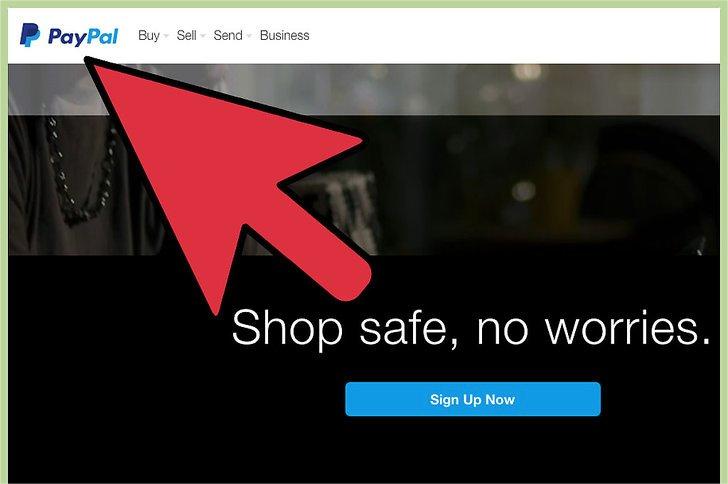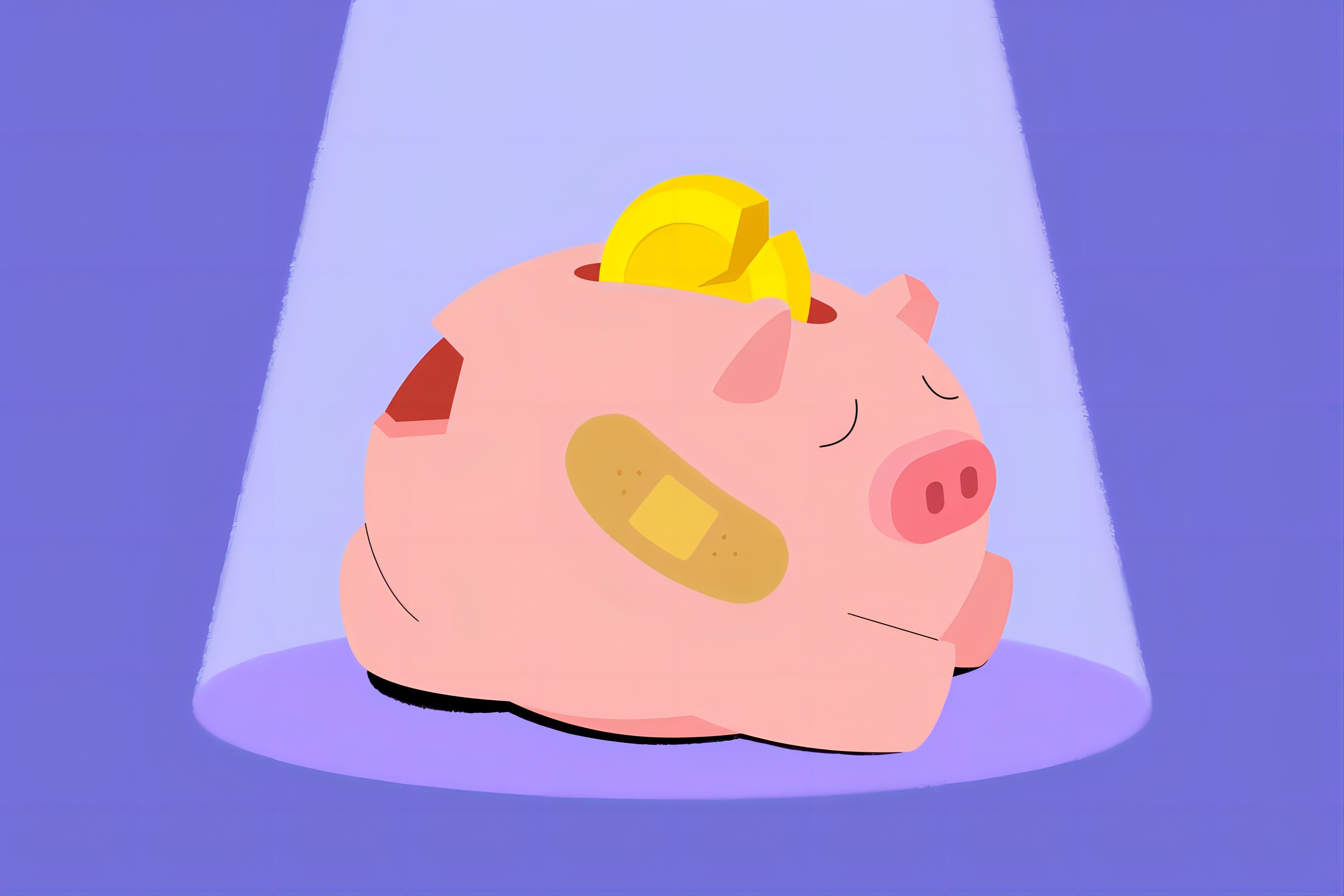
Knowing how to pay off your debt isn’t always easy, but there are some simple strategies that can help. Two common methods are the debt snowball and the debt avalanche.
The debt avalanche targets debts with the highest interest rates first. This route may help you save time and interest over your debt payoff journey.
A debt snowball plan, in contrast, prioritizes your smallest debt first no matter the interest rate. Each time the smallest one is eliminated, you move to the next smallest. If you need short-term victories to inspire you, you’re a debt snowball candidate. If you tend to be analytical and patient, a debt avalanche may appeal to you.
Using the debt avalanche strategy
If you can’t pay off your unsecured debts, such as credit cards and personal loans, in five years or less, you may need to investigate options for debt relief.
But oftentimes, people can address their debt by creating a budget and sticking to it, which frees up cash to implement an avalanche debt-payoff strategy. Once you’ve got a handle on what you owe and where you spend, it’s time to start on the avalanche.
Add up all the minimums you must pay on your debt (excluding your mortgage) — ordered from the highest interest rates to lowest. Next, make a budget to see how much more you can put toward your debt each month to accelerate your payoff.
Here’s an example: Let’s say you have a hospital bill for $300, and the hospital is allowing you to pay on it interest-free. You also have a credit card balance of $2,500 at 22.9% interest and another of $5,000 at 15.9%.
That $2,500 credit card balance becomes your top priority, because it carries the highest interest rate. If you can put an extra $200 over your total minimums to pay off debt, it will go to that one until it is paid off. Then you add that debt’s minimum to the $200 extra, and put the total toward the bill with the second-highest interest rate.
Continue knocking off debts and rolling their minimums into the extra debt payment amount until all debts are repaid. If a promotional interest rate ends, you may have to reorder your debts to keep your focus on the one with the highest rate.
Both an avalanche and a snowball use money you’ve committed to pay off debt. Sometimes, though, you happen across “extra” money, like a rebate check or a full jar of change. You can supplement either payoff strategy by using that found money to further chip away at debts (the “snowflake” method).
Is the avalanche method for you?
Although avalanche may be your cheapest and most logical route to becoming debt-free, you may have to wait a long time to feel the triumph of zeroing out a debt — especially if your highest-interest debt is also the largest.
You can build a spreadsheet to track your progress, but a debt payoff calculator, like the one above, can do all of those steps for you automatically. It gives you the emotional payoff of watching your debt shrink, too.
That’s important. If you grow weary of the sacrifices you’re making to pay off debt, you may decide it’s not worth the effort and quit. If you do that, all the money that you were going to save won’t matter.



